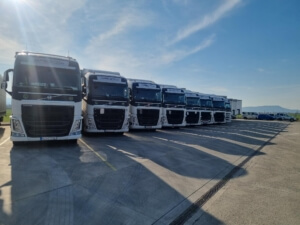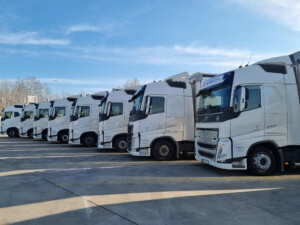The difference between an FTL and LTL shipment
A term common to the shipping industry is LTL or “less than truck load.” That means that the item being shipped will not take up the entire available space on the truck. FTL or “full truck load” means that the load will fill up the entire truck. Shippers that accommodate full truck loads cater to those customers who typically ship in bulk. The large amount of goods being shipped offsets the cost of a larger truck.
For those shipping smaller items or items that won’t fill an entire truck, an LTL shipment is the way to go. Most LTL loads average between the 34 pallets that is the limit for many parcel carriers and 24 tons per load when it makes sense to look at an FTL shipment. With an LTL shipment, you only pay for the amount of space you use on the truck. For example, if your products only take up a quarter of the truck, you only pay a quarter of the cost for the truck. The rest of the truck is packed with shipments from other companies who also want to save money on their smaller shipments. These options are ideal for smaller businesses that don’t ship in large volumes like their larger counterparts.
Because of the nature of an LTL load, it can take longer than an FTL load. LTL loads typically have more destinations or pick up locations to accommodate the different needs of the various shipments on board. The larger FTL loads usually contain a shipment for one company and one destination.


